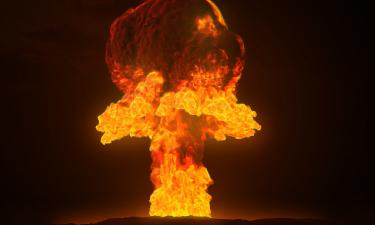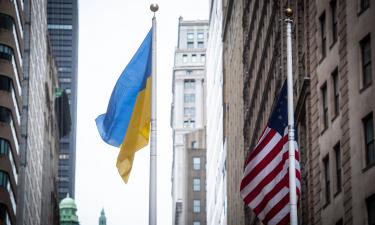Death toll from Polish roof collapse rises to 67
The death toll from the collapse of an exhibition hall in Poland rose to 67 on Monday when a man died from his injuries, an official said. "A 34-year-old man died in a hospital from injuries sustained during the accident," said Krzysztof Mejer, a spokesman for the government of the Silesia region.
Authorities gave up hope of finding any more survivors in the mangled wreckage of the hall after it collapsed during a racing pigeon event on Saturday afternoon. Officials were turning their attention to demolishing the rest of the building.
Thirteen rescue dogs from Poland and the neighboring Czech Republic indicated that there were no more bodies in the debris, Mejer said Sunday. "The rescue operation is over," Mejer said. "We don't expect anyone else to be found under the wreckage."
However, Janusz Gancarczyk, head of one of the firefighting units at the scene, said emergency workers would remove the wreckage carefully because "there is still a slight chance that some bodies could be under it."
About 500 people were in the building when its roof collapsed. The last person rescued alive was pulled out less than five hours later. About 160 people were injured.
Polish authorities said 51 of the victims had been identified by Sunday afternoon, including seven foreigners, two Slovaks, two Czechs and one victim each from the Netherlands, Belgium and Germany. The Foreign Ministry in Berlin said two Germans were killed.
Rescue crews had used hand tools to carve through the sheet metal and snarled poles of the collapsed building so as not to risk harming any potential survivors.
Police initially said snow caused the roof to collapse. Transport Minister Jerzy Polacek told TVN24 television that there was about half a meter, or more than 1Ѕ feet, of icy snow on top of it at the time.
However, the president of the Katowice company that organized the fair, Bruce Robinson, said that "the reasons are not clear" and that the firm was working with authorities to help determine them. Grzegorz Slyszyk, a lawyer for the building's owners, said snow had been cleared regularly from the roof. He said they had heard from a Belgian witness that the floor collapsed before the roof did, raising the possibility of subsidence.
Other potential causes to be investigated include whether faulty building materials were used and how they reacted to the contrast between bitterly cold temperatures outside and the heated interior, Slyszyk added.
One survivor, Tadeusz Dlugosz, was still at the site on Sunday, seeking information on where the body of his 26-year-old son had been taken.
"It was his idea to come to the fair ... and he found his grave there," Dlugosz said. "During the fair he was wearing only a sweater," Dlugosz said of his son. "That could be the cause of his death,” reports the AP. I.L.
Subscribe to Pravda.Ru Telegram channel, Facebook, RSS!





